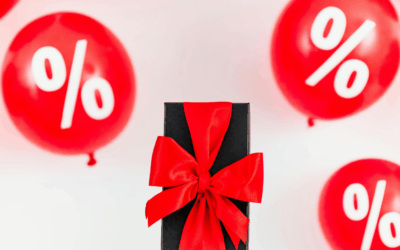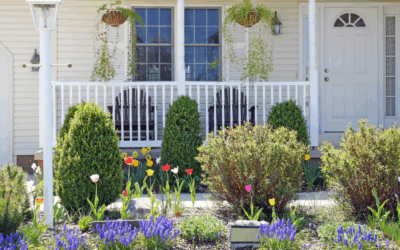In this article:

By Mark Bouris
If I was Reserve Bank Governor Philip Lowe, I would not be hiking interest rates any further.
In the three months to April 2023, an estimated 1.38 million Aussie mortgage holders were at risk of experiencing mortgage stress after the RBA hiked interest rates to a decade high. That’s almost one-third of mortgage holders across the country.
Every day, more and more Aussie mortgage holders move from low fixed rate mortgages taken on during the pandemic to high variable rate mortgages.
That means hundreds of thousands of mortgage holders are seeing their payments go up by more than 50 per cent overnight.
Of course, the impact on small businesses has been profound.
Business owners tell me their customers have reduced their spending as their households’ budgets are constrained by higher monthly mortgage repayments.
Meanwhile, higher rates have made it more expensive for businesses to borrow or service their current debts.
But the rate hikes keep coming.
At the Reserve Bank’s latest meeting on June 6, rates were hiked by another 25 basis points, taking the cash rate to 4.10 per cent.
That’s a huge 4 per cent increase from the 0.10 per cent low posted a little over a year ago.
In other words?
Interest rates have increased by the fastest pace in history at a time when households have never carried more debt.
Along with this, with the rapid declines in the labour productivity we are currently experiencing, vendors are left with no choice but to hike their prices, in turn having impacts on inflation and GDP.
Something has to give, and further rate hikes are not the solution.
The numbers prove my point.
As I discussed with Stephen Koukoulas on a recent Mentored podcast, inflation is trending down for the first time over the last year or so.
If you strip the volatility out of the latest data, the monthly inflation rate has gone from 1.6 to 1.7 per cent, to 1.5 per cent, and to 0.3 per cent for the month of April.
That means inflation was only 3.6 per cent in April on an annualised basis, which is only a tick above the Reserve Bank’s inflation target of between 2 and 3 per cent.As the Commonwealth Bank recently noted, “inflation has clearly peaked and is continuing to decelerate”.
So, why on earth do we need further interest rate hikes when inflation is already trending down, and households are already in stress?
And why do we need further rate rises when its unclear whether interest rate hikes are able to address the inflation problem at all?
Think about it.
Two of the key drivers of inflation at the moment are energy prices and rents.
How will higher interest rates bring down power prices which will go up again by 20 to 25 per cent from July 1?
How will higher interest rates bring down rents when building approvals are in free fall and population growth is booming?
The same line of questioning should be addressed to the federal government.
How will higher interest rates bring down inflation when the government’s latest budget boosts discretionary spending by $40 billion over the forward estimates?
As any high school economics student could tell you, higher government spending is inflationary.
The hundreds of thousands of stressed mortgage holders deserve answers to these questions.
There is no doubt interest rates were kept too low for too long, especially during the Covid-19 pandemic when inflation started to inch up.
There is no doubt that the inflation problem we face is serious and worthy of fighting.
But the latest data shows that inflation is already trending down, and common sense tells us that rate hikes can’t bring down power prices, rents and rein in government spending.
It’s time for the Reserve Bank to acknowledge this.
Article originally published on news.com.au.



